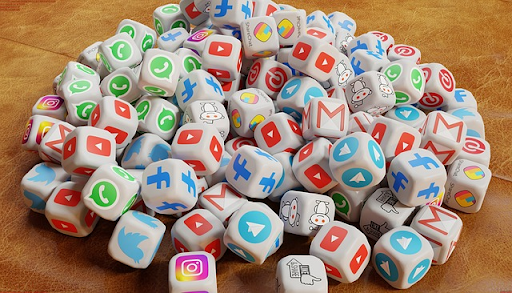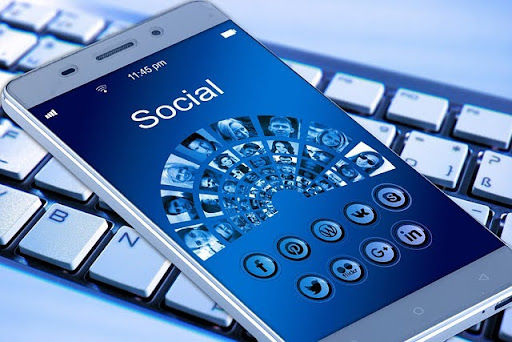Discover the world of mindfulness and tips on digital detox strategies to minimize the influence of digital technologies to be less stressed, more effective, and more satisfied. Learn how these practices can be incorporated into your lifestyle to increase your health span.
Introduction
Modern society is based on the employment of high digital technologies. From mobile phones to computers we are surrounded by information and stimuli 24/7. It is clear that technology is helpful but increasing dependence on it in society as an incessant handy tool is damaging our health. That is why mindfulness arises here. Mindfulness is deliberately paying attention to what is happening in the present time without criticism. It is a skill that may be useful in mastering the difficulties of the new digitalized world and building a healthier culture of being around technology.

Digital Technology and Brain Health
Over-reliance on technology is not good for our brains as it inspires unhealthy habits and addictions. Research has also indicated that students and adults who spend hours in front of the screen are likely to experience changes in their sleeping patterns, reduced attention span, and high-stress levels. Self-comparison on social sites results in loneliness feelings and inadequacy, and the unlimited number of notifications causes the urgency of a reaction. And for these negative effects to be counteracted there is a need to enhance brain health through mindfulness, meditation, and reducing the use of devices.
Digital Detox Strategies
Digital detox means deliberately avoiding digital technologies for a certain amount of time. It is described as a tool to increase concentration ability, stress management, and re-discover oneself. The following are some of the ways individuals can adopt to ensure that he or she goes through the process of digital detox successfully.

Setting Clear Goals
Define detox duration: Decide on the time you want to dedicate to this technique and stick to it.
Identify devices to exclude: It will be helpful to state which gadgets you will not be allowed to use during the detox.
Establish achievable targets: As you begin your detox plan, do not set the bar too high especially if you have not prepared adequately for the detox.
Creating a Detox Plan
Develop offline activities: Outline active substitutes to screen time during which one can be productive (reading, doing hobbies, being in nature).
Designate technology-free zones: It is also possible to devise special zones in surroundings that exclude the usage of devices.
Inform close contacts: Inform friends and or relatives of your detoxification regime in order not to disappoint them.
Maintaining Balance
Prioritize digital well-being: Appreciate the efficiency that riding on technology brings as it strives to achieve the middle ground.
Gradual reduction: It is better to adopt a gradual process when practicing digital detox to maintain the progress for a long time.
Mindful technology use: Finally, the strategies for safe consumption after the detox should be developed.
Building long-term habits to improve mindfulness
Being mindful is not a matter of solving a problem but it is a life process. Mindfulness strategies can be used as a way to modify the relationship that people have with technology in their daily lives. To start with the practice, choose mindfulness meditation to begin a session by focusing on a few minutes each day. Be aware of your thoughts and emotions as they occur without passing any negative judgment on them. No matter what you are doing like eating, walking, studying or even taking a shower, try to incorporate mindfulness into it. It is important to define no-technology areas at home and set limits concerning the amount of time one spends with a technology device. Thus, by increasing the level of awareness, individuals can improve their personal growth, concentration, and quality of life even in the context of the digital environment.

Conclusion
Several mindfulness and digital detox techniques were presented as effective means to regain control of one’s life and develop as a unique person. Thus, adopting these features into typical routines can help change the negative interaction with technology. The process of changing a person and making him or her lead a healthier digital life is a personal change. Trial and error is good here and try out what seems best and see what is productive. Therefore, be gentle on yourself and have increments, milestones, and other ways to define progression. Happy healing!
By Dulari Udeshika
.png)
Comments